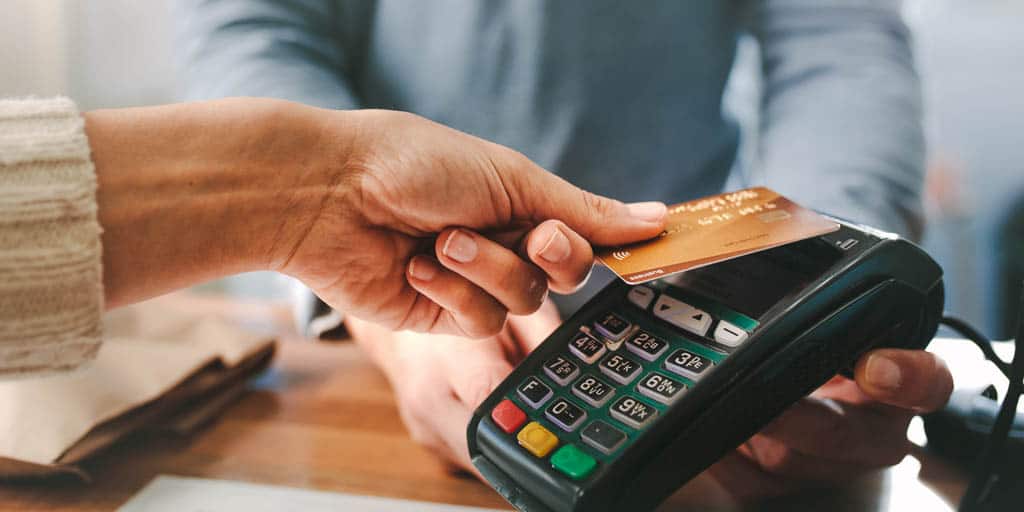
While traditionally slower to adopt new technology than younger generations, when it comes to contactless, the UK’s over 60s are bucking the trend. Data released by Barclaycard today as part of its latest Contactless Spending Index shows that the number of ‘silver spenders’ using ‘touch and go’ payments increased by 116 per cent in the last 12 months. The figures show that the older generation has finally jumped on the contactless bandwagon that their younger counterparts joined several years ago.
In comparison, the number of contactless users among all other age groups is also rising, but as usage is already high, the rate of growth is slower. Among the 18-24 age group, users have risen by 49 per cent, while for 26-45 year olds the figure is up 65 per cent and among 46-60 year olds users has climbed by 97 per cent.
The findings come as the UKCA reveals that contactless spending passed £1.5 billion for the first time in March, increasing from £1 billion per month in November. This upward trend in the popularity of contactless is supported by Barclaycard’s data showing that overall spending has more than doubled in the last 12 months, rising by 123 per cent.
Where’s Britain spending?
Britain’s love of a bargain continues to go from strength to strength with the nation’s savvy spenders helping discount stores see a 431 per cent surge in transactions made contactlessly in the last year, more than any other sector. In second place were gift card & novelty stores up 261 per cent, followed by service stations in third, where spending has climbed by 245 per cent.
| Position | Category | Annual spending increase * |
| 1 | Discount stores | 431 per cent |
| 2 | Gift card & novelty shops | 261 per cent |
| 3 | Service stations | 245 per cent |
| 4 | Candy & confectionery stores | 227 per cent |
| 5 | Hotels, motels, and resorts | 223 per cent |
| 6 | Pubs and bars | 202 per cent |
| 7 | Supermarkets | 133 per cent |
| 8 | Department stores | 133 per cent |
| 9 | Eating places restaurants | 125 per cent |
| 10 | Clubs | 117 per cent |
The national picture
Across the UK, Manchester has seen the biggest increase in contactless usage, with the city’s residents spending 247 per cent more in the last 12 months. Also seeing big leaps in contactless spending are Glasgow (243 per cent), Cardiff (206 per cent), Edinburgh (206 per cent) and Blackpool (205 per cent).
| City | Annual spending increase * |
| Manchester | 247 per cent |
| Glasgow | 243 per cent |
| Cardiff | 206 per cent |
| Edinburgh | 206 per cent |
| Blackpool | 205 per cent |
| Liverpool | 196 per cent |
| Hull | 194 per cent |
| Birmingham | 189 per cent |
| Newcastle | 188 per cent |
| Oxford | 186 per cent |
| Northampton | 183 per cent |
| Bristol | 172 per cent |
| Cambridge | 166 per cent |
Overall, London continues to lead the way for contactless penetration with 36 per cent of eligible transactions (those up to £30) made contactlessly, up from three in ten just two years ago. This continued rise is largely accounted for by the increase in popularity of contactless travel on London’s tubes, trains and buses. Yet with a number of businesses outside of London continuing to adopt the technology, rapid levels of growth are expected to continue across the UK throughout the rest of 2016.
Barclaycard’s contactless payment service for Android mobiles, which launched in January this year, has a higher proportion of users over 50 than those under 25. 13 per cent of users are aged over 50 whilst just 10 per cent are under 25. 2 per cent of users are over 65 years old and the oldest customer registered and using the service is 86. So far, half a million pounds has been spent through the app.
Adam Herson, Product Director at Barclaycard said: “Our data released today shows that the nation’s ‘silver spenders’ are anything but laggards when it comes to adopting new payments technology. Contactless provides a number of benefits – it’s quicker, easier and allows transactions up to £30 to be made securely without a PIN – so it’s not surprising that it’s fast becoming a favourite way among the over 60s.
“Whether we’re stocking up on a few essentials on the way home from work, filling the car with fuel, or ordering a round of drinks in a busy bar on a Friday night – every second counts for today’s busy shopper. We expect this upward trend in contactless spending to continue to go from strength to strength throughout the rest of 2016.”
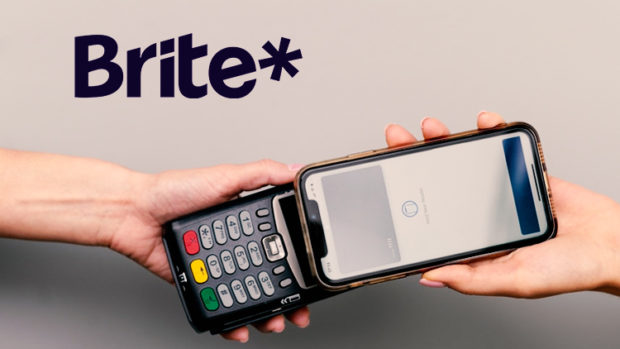
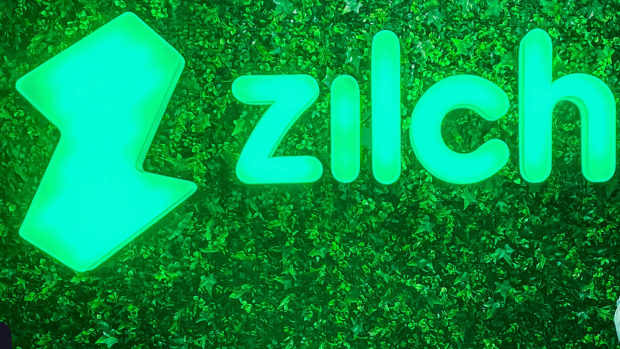
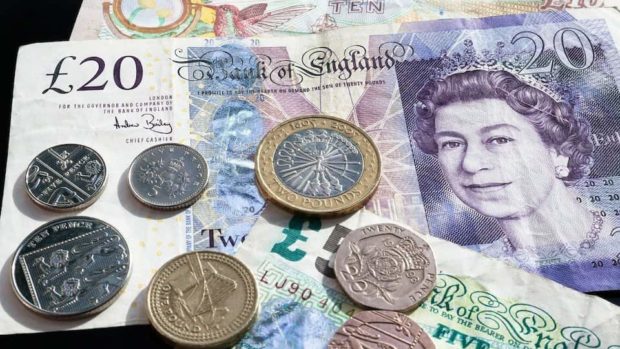
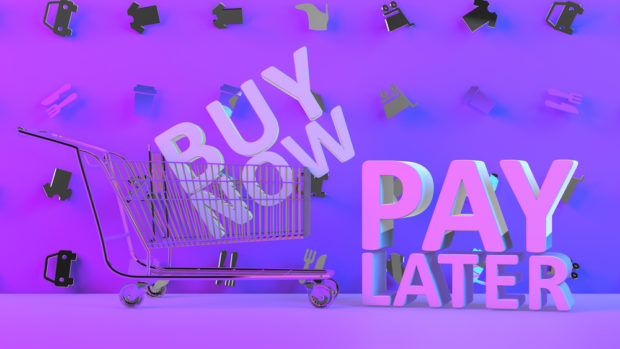
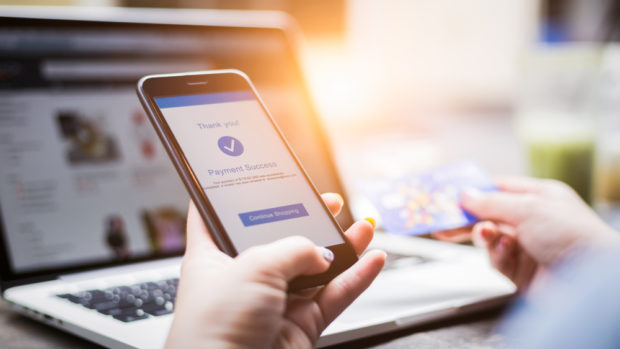
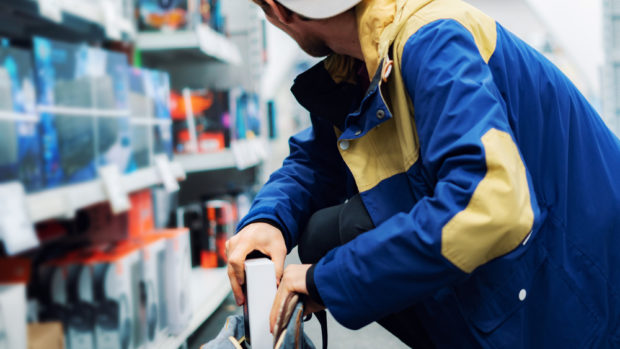
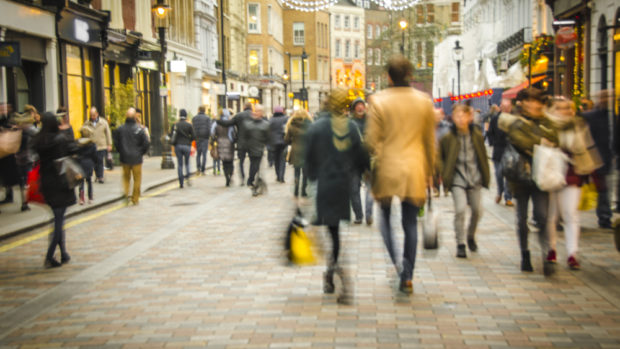
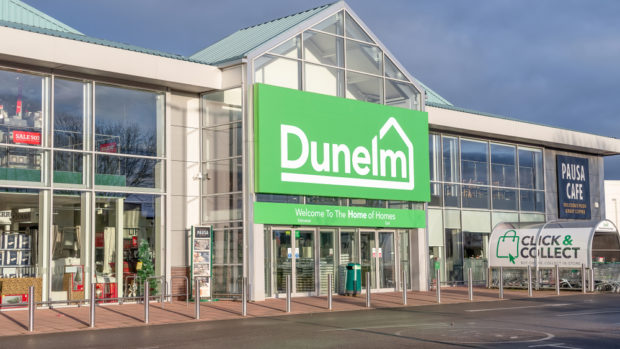
Share